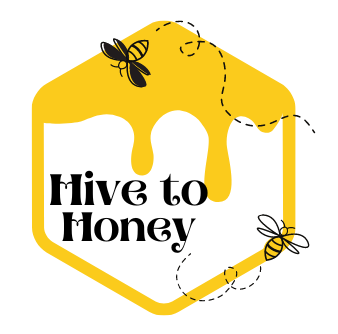Beekeeping Glossary
Beekeeping Glossary: Understanding Common Beekeeping Terms and Jargon
Beekeeping is a rewarding and fascinating hobby that requires a basic understanding of the terminology and jargon used in the field. Whether you are a beginner beekeeper or simply interested in learning more about bees, this comprehensive glossary will provide you with definitions and explanations of common beekeeping terms. By familiarizing yourself with these terms, you will gain a better understanding of the intricacies of beekeeping and be better equipped to communicate with other beekeepers.
Beekeeping Glossary:
An apiary is a location where beehives are kept and managed. It is also referred to as a bee yard or bee farm.
A hive is a structure or container where bees live and store their honey. It consists of boxes or supers that contain frames where bees build their comb.
The queen bee is the adult female bee responsible for laying eggs and maintaining the population of the colony. She is larger than worker bees and has a longer lifespan.
Worker bees are female bees that perform various tasks within the hive, such as foraging for nectar and pollen, nursing the brood, building and maintaining the comb, and defending the hive. They make up the majority of the colony’s population.
Drones are male bees whose primary function is to mate with a queen from another colony. They do not have stingers and do not participate in other tasks within the hive.
Comb refers to the hexagonal structures made of beeswax that bees construct to store honey, raise brood (larvae), and store pollen.
Frames are rectangular or square structures that fit inside the hive boxes. Bees build their comb on these frames, allowing beekeepers to easily inspect and manage the hive.
Foundation is a sheet of beeswax or plastic that is placed in the frame to guide bees in building their comb.
A beekeeper’s suit is a protective clothing ensemble worn by beekeepers to shield themselves from bee stings. It typically includes a hat with a veil, a beekeeping jacket or suit, gloves, and sometimes beekeeping boots.
A smoker is a device used by beekeepers to produce cool smoke. It is used to calm bees during hive inspections by mimicking the natural response of bees to a forest fire, which causes them to gorge on honey and become less defensive.
A honey extractor is a mechanical device used to extract honey from the honeycomb. It works by centrifugal force, spinning the frames to remove the honey without destroying the comb.
A pollen trap is a device placed at the entrance of the hive to collect pollen from bees’ hind legs. It allows beekeepers to gather pollen for various purposes, such as dietary supplements or selling to other beekeepers.
Supers are additional boxes placed on top of the brood box or hive body. They provide extra space for bees to store surplus honey.
A swarm is a natural process where a portion of the colony, including the queen, leaves the hive to establish a new colony. Swarming typically occurs when a hive becomes crowded.
Nectar is a sweet liquid secreted by flowers that bees collect and transform into honey. Bees forage for nectar as a source of carbohydrates and energy.
Propolis is a resinous substance collected by bees from tree buds and sap. They use it to seal small gaps and crevices in the hive, providing insulation and protection against pests and diseases.
Varroa mites are external parasites that infest honey bee colonies. They feed on bee hemolymph and can weaken and transmit diseases to the bees.
Bee space refers to the optimal spacing between hive components, frames, and other structures within the hive. It allows bees to move and work efficiently without building excessive comb or propolizing everything together.
This beekeeping glossary provides a foundation of knowledge for understanding common terms and jargon used in beekeeping. As you explore the world of beekeeping, you will encounter many additional terms specific to different aspects of the practice. By familiarizing yourself with these terms, you will enhance your understanding of beekeeping concepts and be better prepared to engage in discussions and communicate with fellow beekeepers.
More From The Hive:

Unveiling Turkey’s Sweet Symphony: Exploring Honey Types and Varieties
Turkey, a land where ancient traditions meet breathtaking landscapes, has a rich history of honey production and a remarkable diversity of honey types. With its diverse climate zones, vast floral resources, and a strong culture of beekeeping, Turkey offers an ideal environment for bees to gather nectar and create a

Discovering Ethiopia’s Golden Treasures: A Journey Through Honey Types and Varieties
Ethiopia, a land known for its rich history, vibrant culture, and breathtaking landscapes, is also celebrated for its diverse and high-quality honey production. With its lush forests, fertile valleys, and vast floral resources, Ethiopia offers an ideal environment for bees to thrive and create a wide range of honey types.
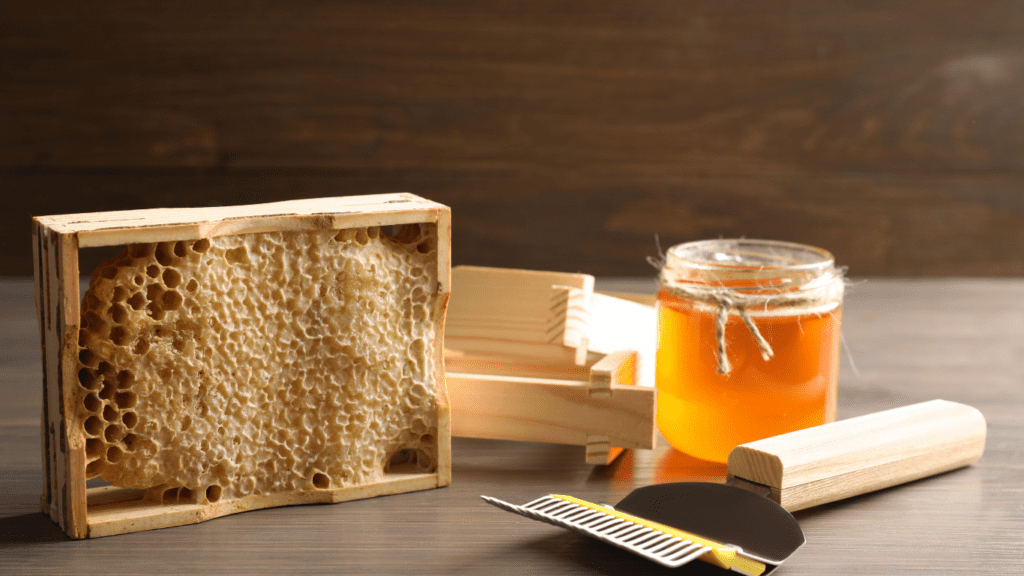
Getting Started with Beekeeping: Essential Equipment and Supplies
Starting your journey as a beekeeper is an exciting endeavor that allows you to connect with nature, support pollinators, and reap the rewards of honey production. To set yourself up for success, it’s crucial to have the right equipment and supplies. In this blog, we will guide you through the
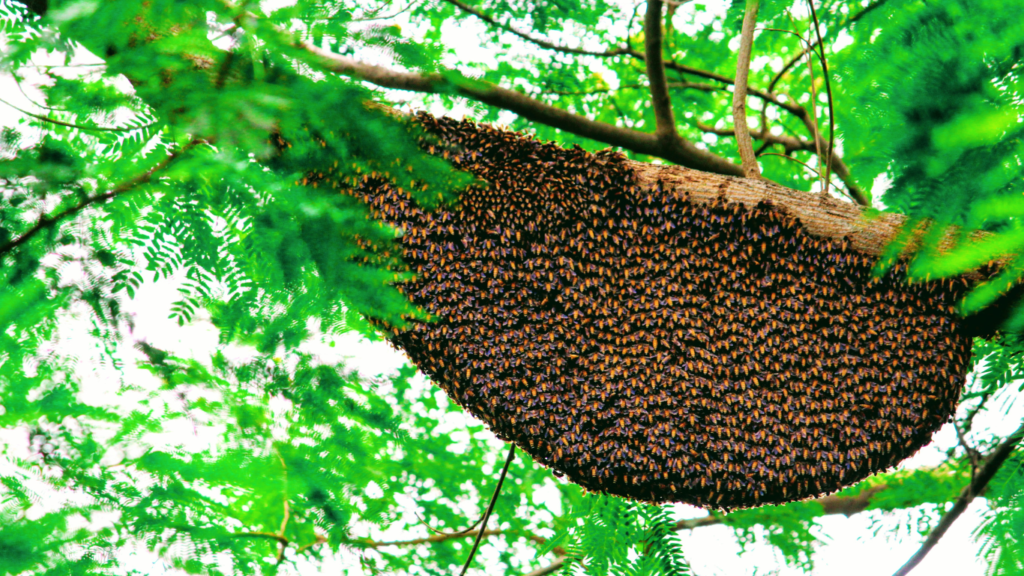
Choosing the Right Hive: Exploring Different Beehive Types
Selecting the right beehive is a crucial decision for beekeepers. The beehive serves as the home for your honeybee colony and plays a vital role in its success and productivity. With various hive types available, it’s important to understand their unique characteristics and suitability for your beekeeping goals. In this
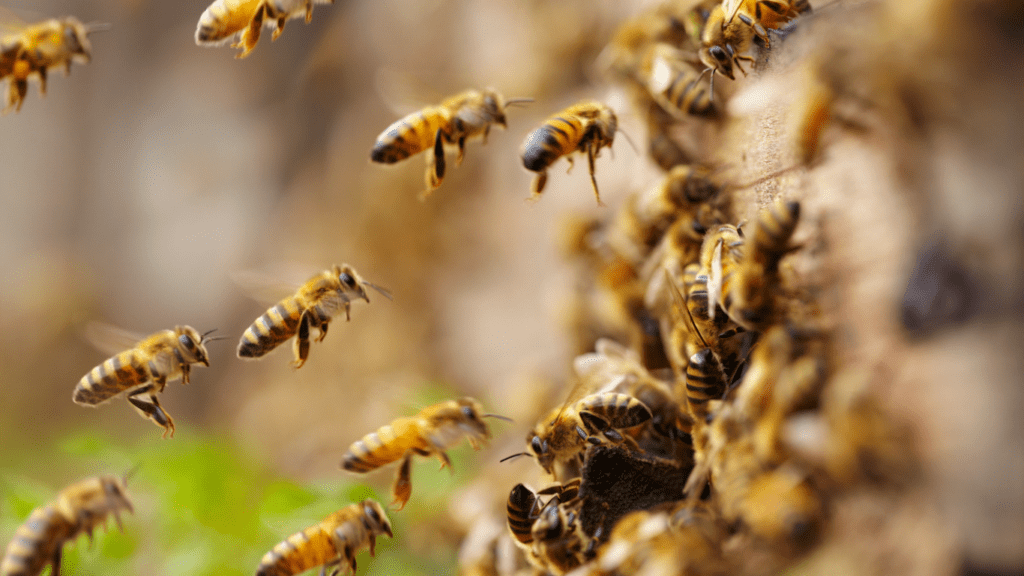
The ABCs of Bees: A Beginner’s Guide to Understanding Bee Basics
Bees are incredible creatures that have been buzzing around for millions of years, playing a vital role in our ecosystem. From pollinating flowers to producing delicious honey, bees are an integral part of our natural world. If you’re new to the world of bees and want to unravel the secrets
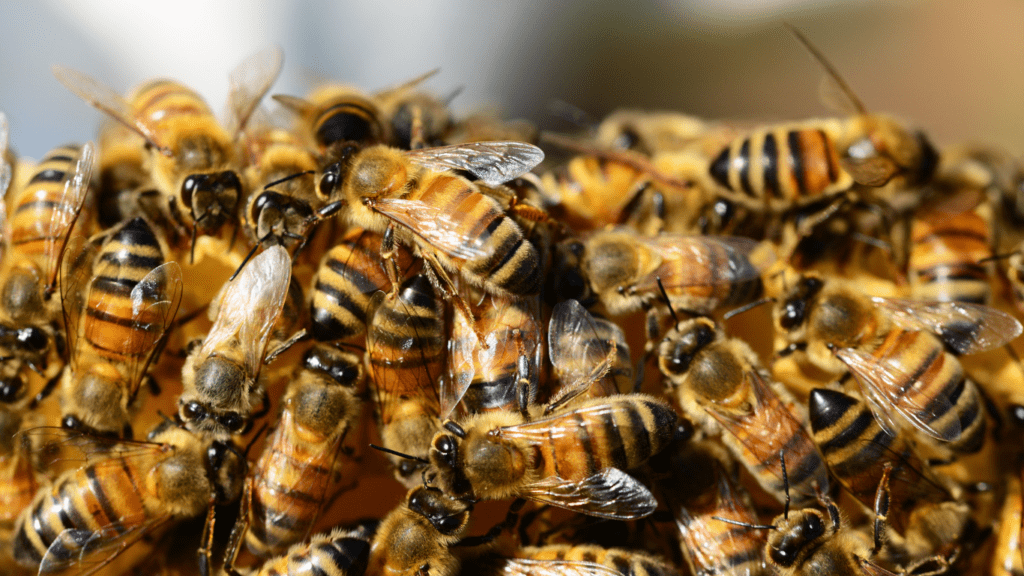
The Secret Life of Bees: Unraveling the Intricacies of Bee Behavior
Bees, with their intricate social structure and fascinating behaviors, lead a secret life that is both awe-inspiring and complex. As we delve into the hidden world of bees, we uncover a realm of communication, cooperation, and efficiency that is vital to their survival and our ecosystem. In this blog, we
